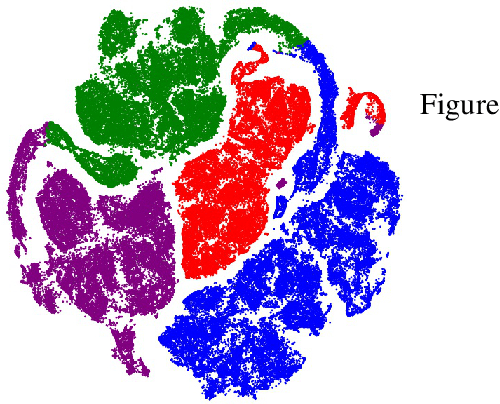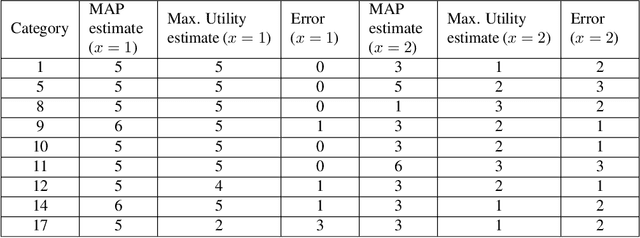Rationally Inattentive Inverse Reinforcement Learning Explains YouTube Commenting Behavior
Paper and Code
Oct 24, 2019



We consider a novel application of inverse reinforcement learning which involves modeling, learning and predicting the commenting behavior of YouTube viewers. Each group of users is modeled as a rationally inattentive Bayesian agent. Our methodology integrates three key components. First, to identify distinct commenting patterns, we use deep embedded clustering to estimate framing information (essential extrinsic features) that clusters users into distinct groups. Second, we present an inverse reinforcement learning algorithm that uses Bayesian revealed preferences to test for rationality: does there exist a utility function that rationalizes the given data, and if yes, can it be used to predict future behavior? Finally, we impose behavioral economics constraints stemming from rational inattention to characterize the attention span of groups of users.The test imposes a R{\'e}nyi mutual information cost constraint which impacts how the agent can select attention strategies to maximize their expected utility. After a careful analysis of a massive YouTube dataset, our surprising result is that in most YouTube user groups, the commenting behavior is consistent with optimizing a Bayesian utility with rationally inattentive constraints. The paper also highlights how the rational inattention model can accurately predict future commenting behavior. The massive YouTube dataset and analysis used in this paper are available on GitHub and completely reproducible.
 Add to Chrome
Add to Chrome Add to Firefox
Add to Firefox Add to Edge
Add to Edge